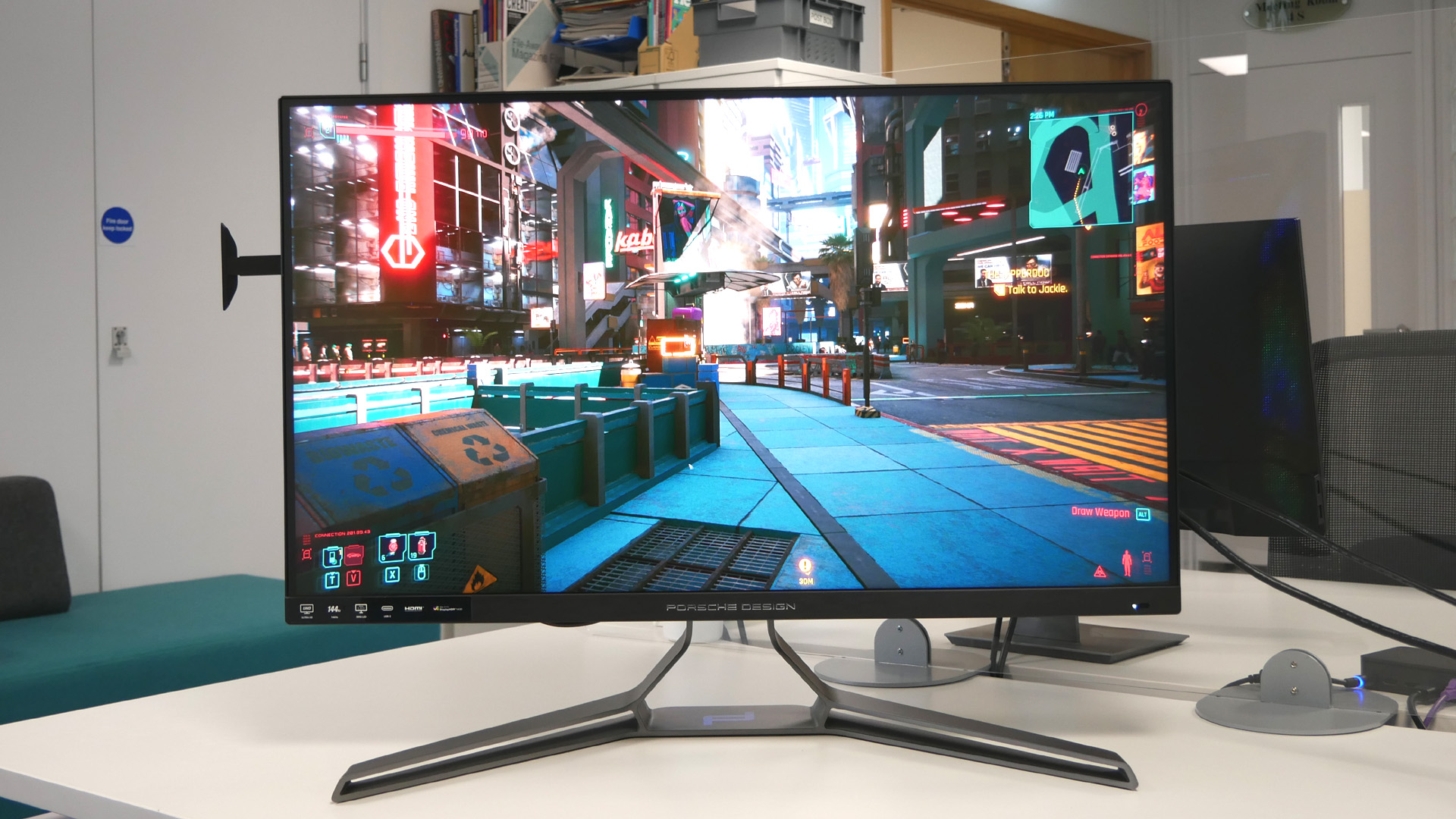Our Verdict
On paper, this panel has it all. 4K res, 144Hz refresh, 1ms response, 1,152 dimming zones, and up to 1,600 nits of brightness. Ouch. In practice, the 4K, 144Hz, and 1ms combo deliver. The HDR stuff? Not so much. Even with 1,152 dimming zones, the backlighting in HDR mode is clunky. We’re not wild about the default colour calibration, either. And at this price, the flaws are hard to accept.
For
- Gorgeous 4K, 144Hz visuals
- Mini-LED backlight seriously pops
- Lovely aluminium stand
Against
- 1,152-zone dimming is clunky
- SDR colour balance is a little off
- Compares poorly to OLED for HDR performance
PC Gamer's got your back
State of the 4K art. That pretty much sums up the new AOC Agon PD32M monitor. This thing is loaded, though perhaps that needs to be qualified with ‘for an LCD panel’. While the PD32M is in many ways as good as it currently gets for LCD tech, it’s no OLED monitor like the Alienware AW3423DW.
Hold that thought while we peruse what this AOC beast most definitely is. That starts with a 32-inch IPS panel with the full 4K compliment of pixels, in other words, 3,840 by 2,160. It runs at up to 144Hz refresh and delivers claimed response of 1ms. Impressive.
The really fancy bit, however, involves HDR support. This is a mini-LED monitor with full-array local dimming and 1,152 zones. That mini-LED backlight also delivers full-panel brightness of 600 nits, plus peak localised brightness of 1,600 nits and DisplayHDR 1400 certification. Ouch.
As if all that wasn’t enough, AOC is making some seriously solid claims when it comes to colour accuracy, too, with 97% coverage of the AdobeRGB gamut. That’s up there with the very best monitors we’ve seen, even if hyper-accurate colours aren’t exactly critical for gaming. Still, they don’t hurt.
On a more practical note, the AOC Agon PD32M has all your connectivity bases covered, including DisplayPort 1.4, HDMI 2.1, and USB Type-C, the latter with 90W of power delivery for slick and simple single-cable connectivity to laptops. It’ll do 120Hz over both HDMI and USB Type-C. Just note that even 90W of power isn’t enough to keep a really beefy gaming portable juiced.
Oh, and did we mention that the ‘PD’ in PD32M refers to Porsche Design, the industrial design subsidiary of the carmaker of the same name. The upshot is a lush aluminium stand which adjusts every which way, including rotating into portrait mode, plus slim bezels on three sides of the panel. There’s also some RGB lighting on the rear, neat LED-projected logo on the bottom of the stand and a pop-out hook on which to hang your gaming headset.
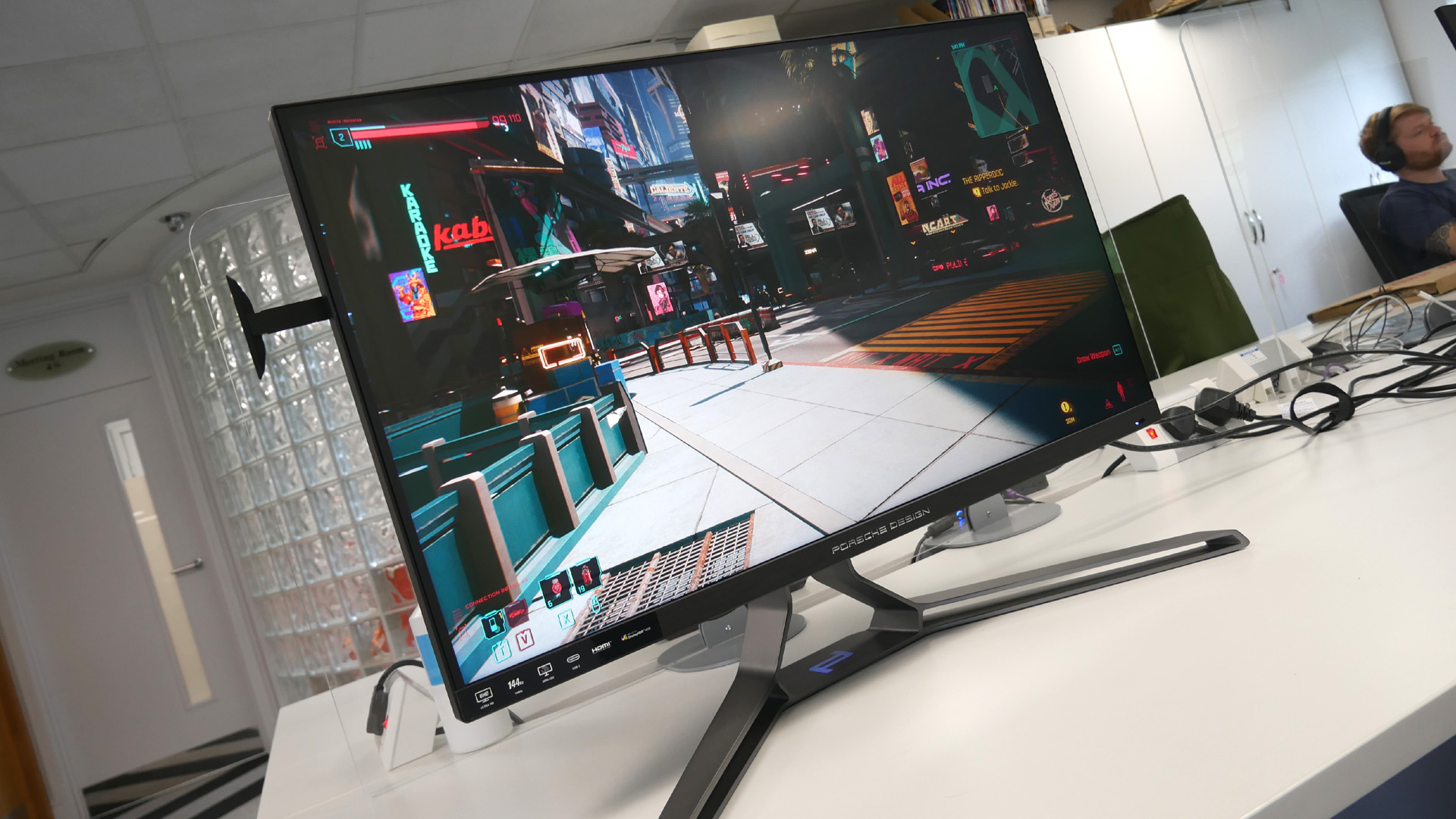
Screen size: 32-inch
Panel type: IPS
Resolution: 3,840 x 2,160
Brightness: 600nits (1,600nits peak)
Contrast: 1,000:1
Response time: 1ms
Refresh rate: 144Hz
Colour coverage: 122% DCI-P3
HDR support: Vesa DislayHDR 1400
Connectivity: DisplayPort 1.4 x1, HDMI 2.0 x3
Price: $1,799 | £1,750
While styling is subjective, there’s no doubting the chassis and stand are well engineered. All of which makes this a premium gaming panel by pretty much every hypothetical metric. But is it actually any good for gaming?
Keep up to date with the most important stories and the best deals, as picked by the PC Gamer team.
Certainly, it’s punchy and bright, even running in plain old SDR mode. What it’s not, surprisingly, is awfully colour accurate set to defaults. Instead, it’s over-saturated and shows signs of compression in darker tones. Pop the PD32M into sRGB mode and it is, admittedly, much better. But the brightness isn’t adjustable in sRGB mode and has been set for content creation, so it’s not terribly practical for gaming.
What of the response? AOC has included three levels of user-configurable pixel overdrive in the slightly weird-looking tile-based OSD menu. Set to the highest levels, there’s a whiff of overshoot. But otherwise, the response is very zippy. Add in the 144Hz refresh and you have the makings of a gaming masterclass, right?
Yes and, unfortunately, no. Take a game like Cyberpunk 2077. It looks seriously sweet in SDR mode on this panel, what with the 4K resolution, nippy response, and high refresh rate. Then you remember that Cyberpunk is particularly hawt in HDR mode. So you jump back out to the Windows desktop and enable HDR and, oh dear.
Despite the 1,152 zones, this is one clunky local dimming set-up. It’s all too easy to see the zones turning on and off as you move windows and other items around the screen. The Samsung Neo G9 has the same problem. The reality is that while 1,152 sounds like a lot of dimming zones, it’s actually very low resolution when you consider that the screen has over eight million pixels. Put another way, that’s one zone for every 7,200 pixels.
Now, actually, in-game the clunkiness of the local dimming is far less obvious. And boy, does this screen pop in games that properly support HDR. But the issues are occasionally apparent, and when that happens you can’t help but compare this screen to that Alienware OLED and its perfect per-pixel lighting.
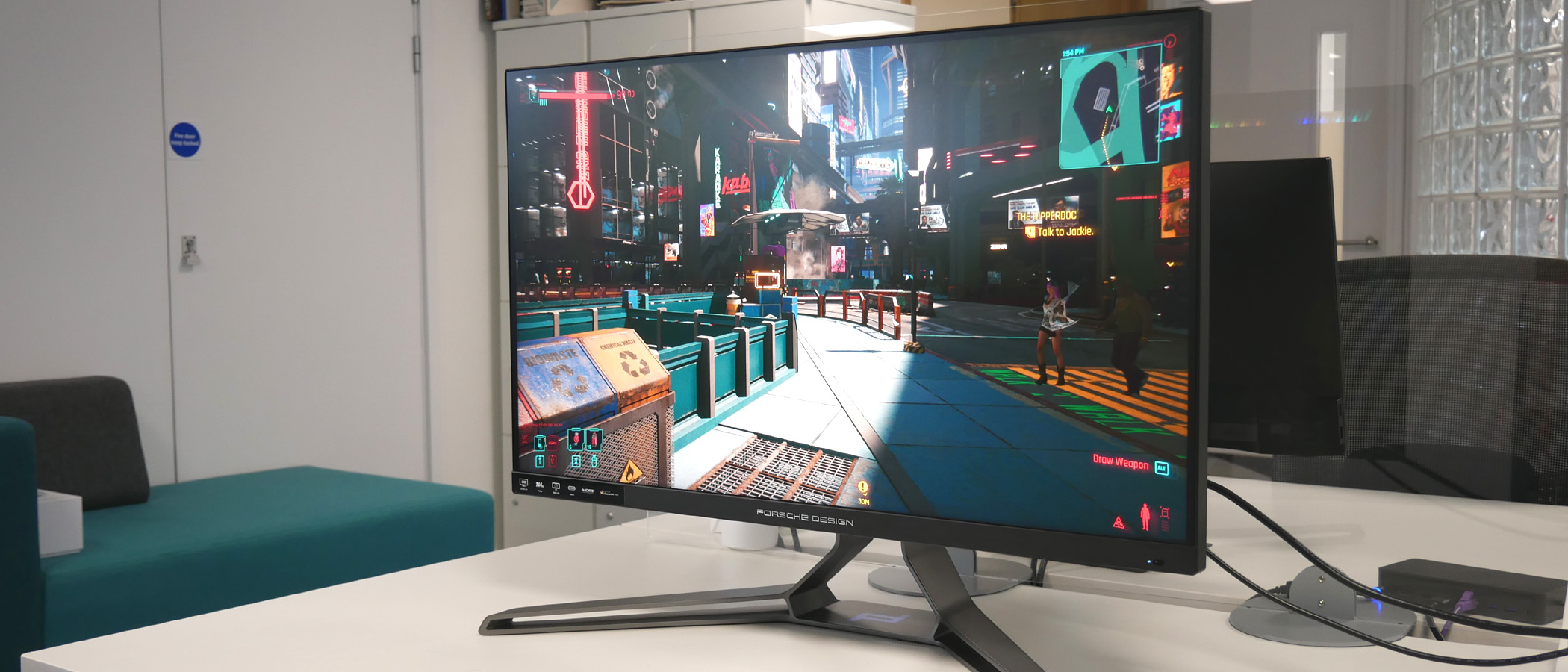
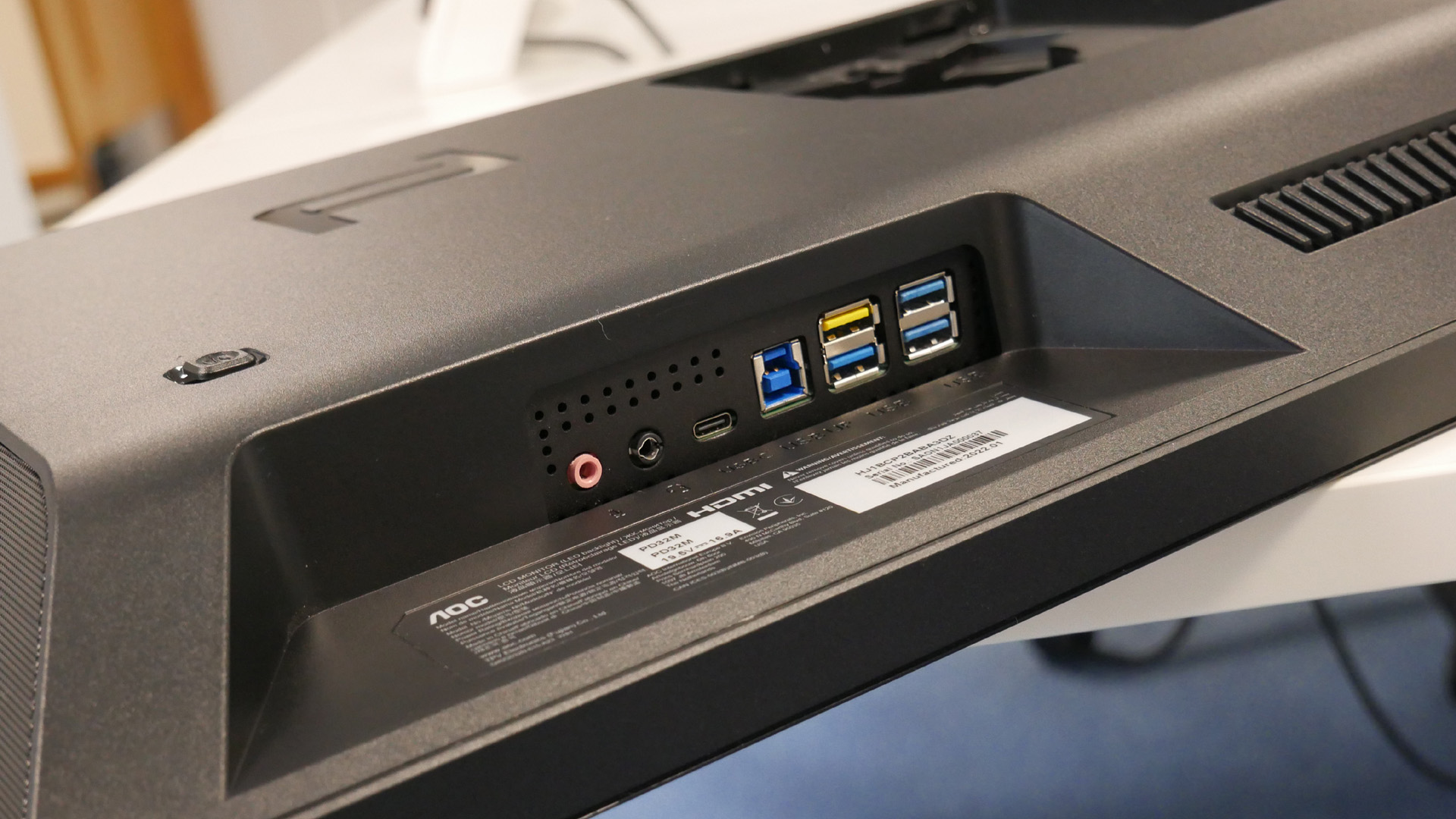
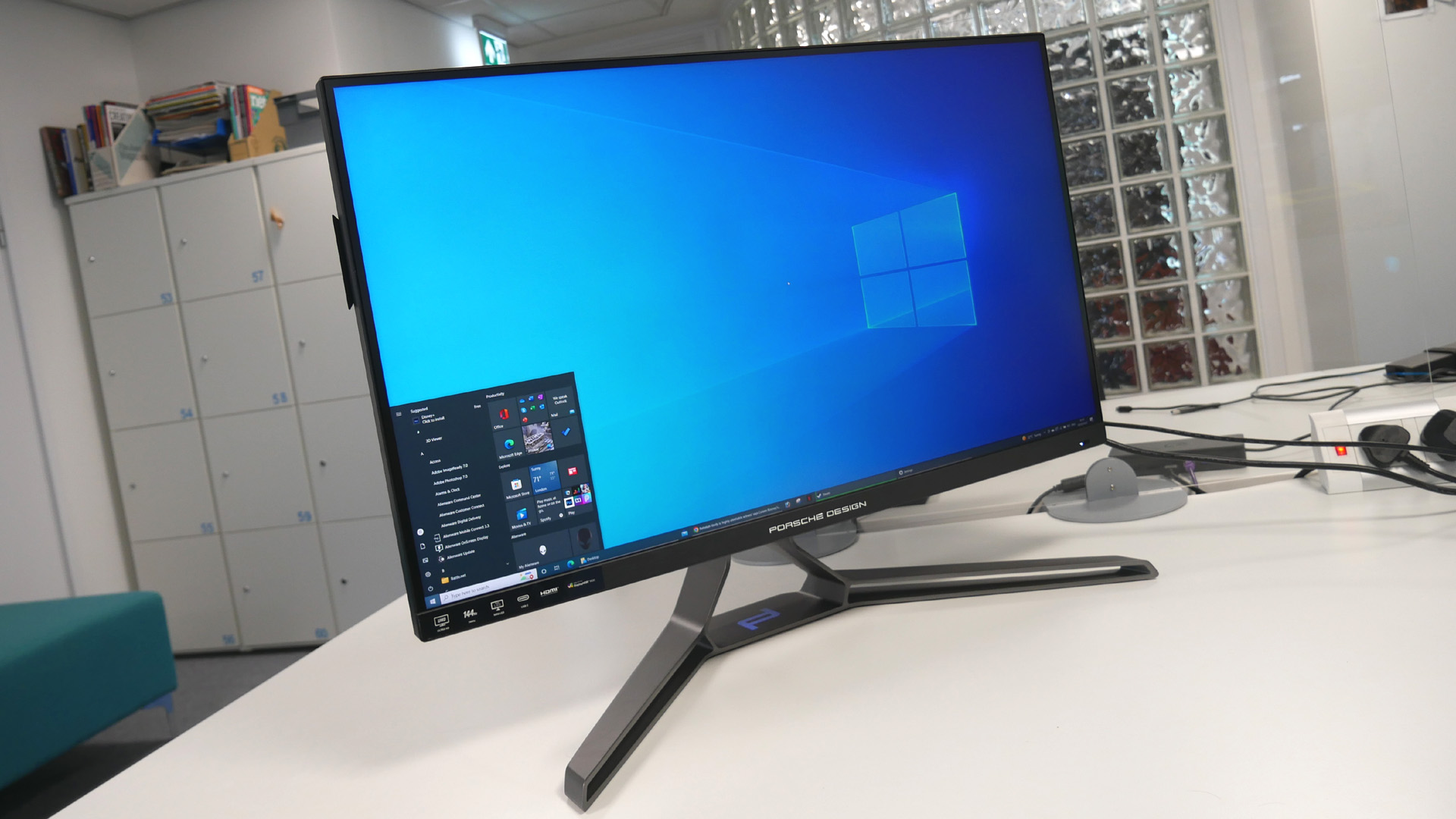
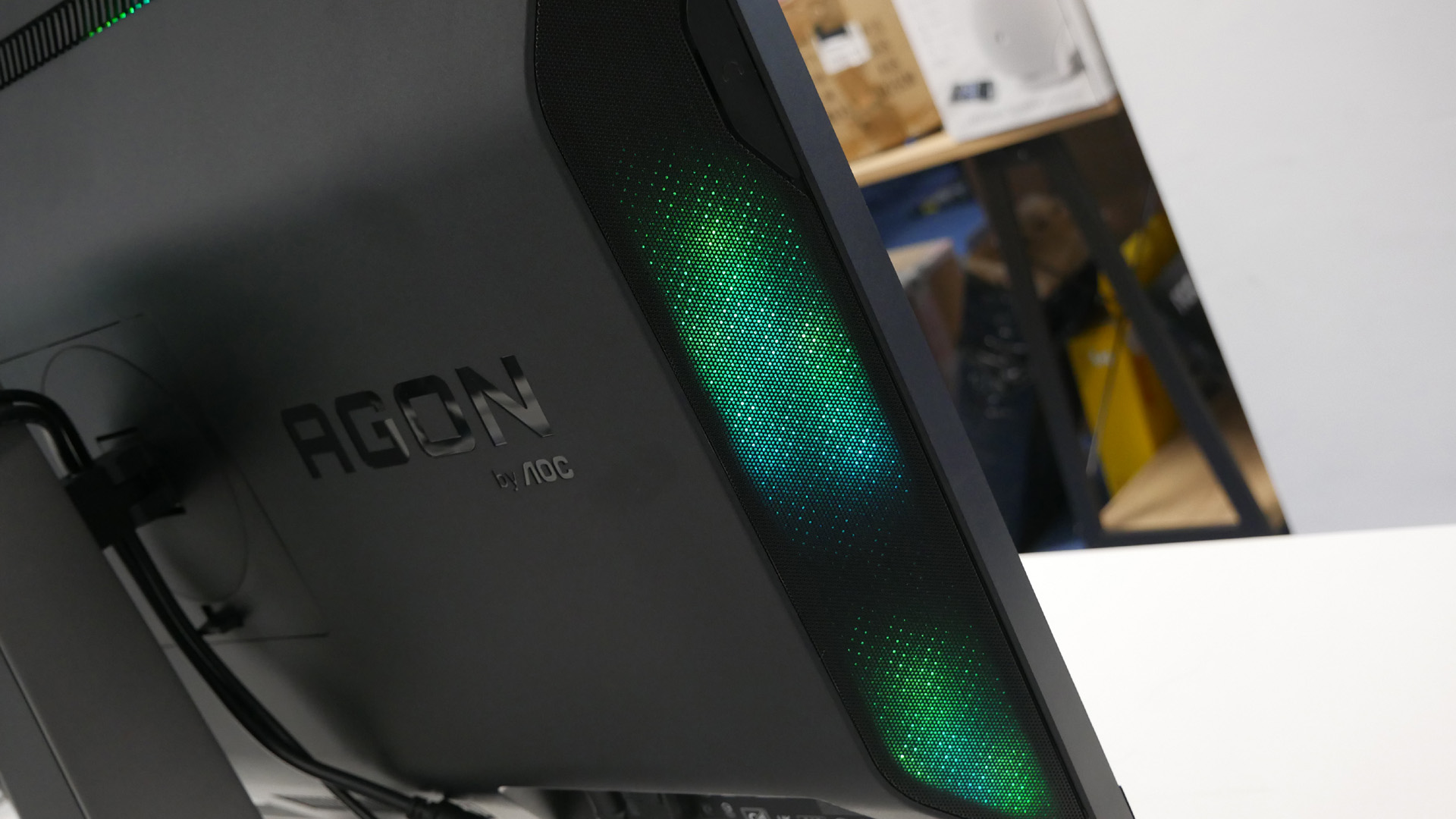
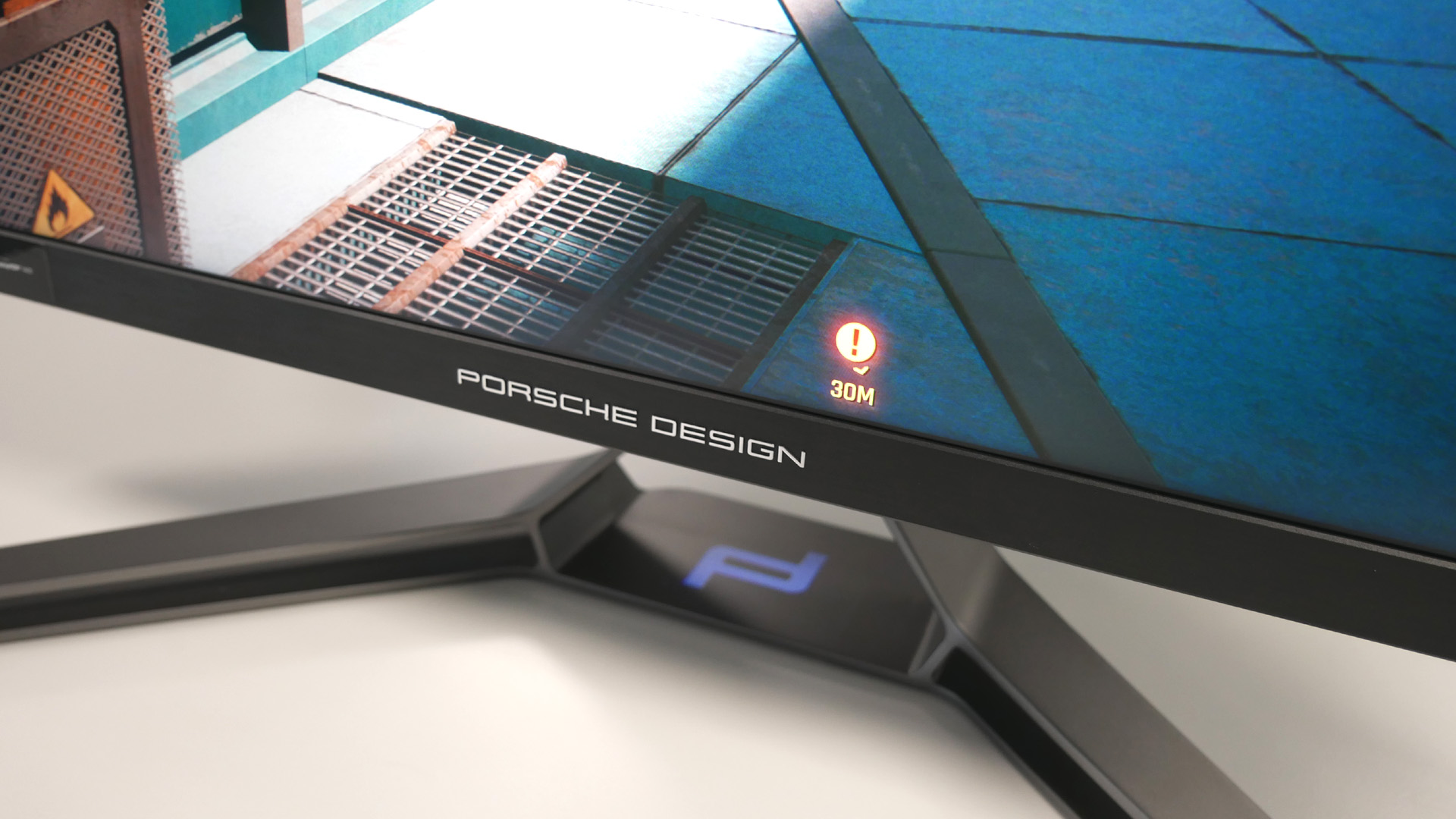
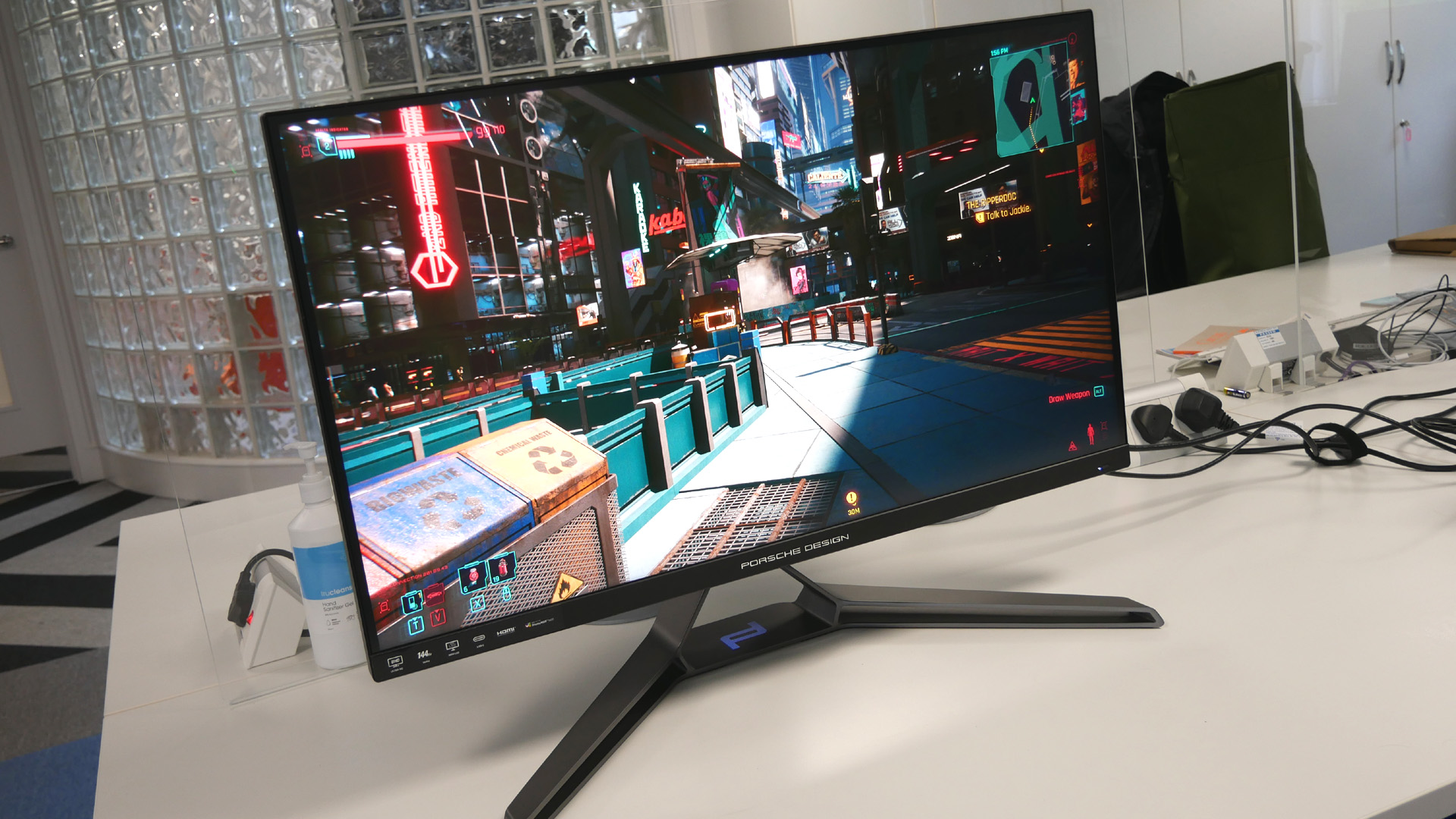
The problem with this sort of local dimming isn’t just the relatively limited number of zones. It’s the fact that it requires a whole new layer of complexity and algorithms that can and in practice do throw up visual oddities and weirdnesses. The AOC Agon PD32M isn’t particularly bad in that regard. Every full-array dimming LCD monitor thus far has these limitations to some degree. The problem is that at this lofty price, it’s hard to forgive such obvious issues.
Anyway, the upshot is that you’d never want to run this monitor in HDR mode all the time, only when in-game or watching a movie. This means that much of the time, this is a pretty nice but not exceptional in image quality terms 4K monitor. When you’re actually using the HDR abilities, it can be stunning. But it remains, like most HDR monitors, more than a little flawed.
On paper, this panel has it all. 4K res, 144Hz refresh, 1ms response, 1,152 dimming zones, and up to 1,600 nits of brightness. Ouch. In practice, the 4K, 144Hz, and 1ms combo deliver. The HDR stuff? Not so much. Even with 1,152 dimming zones, the backlighting in HDR mode is clunky. We’re not wild about the default colour calibration, either. And at this price, the flaws are hard to accept.

Jeremy has been writing about technology and PCs since the 90nm Netburst era (Google it!) and enjoys nothing more than a serious dissertation on the finer points of monitor input lag and overshoot followed by a forensic examination of advanced lithography. Or maybe he just likes machines that go “ping!” He also has a thing for tennis and cars.
